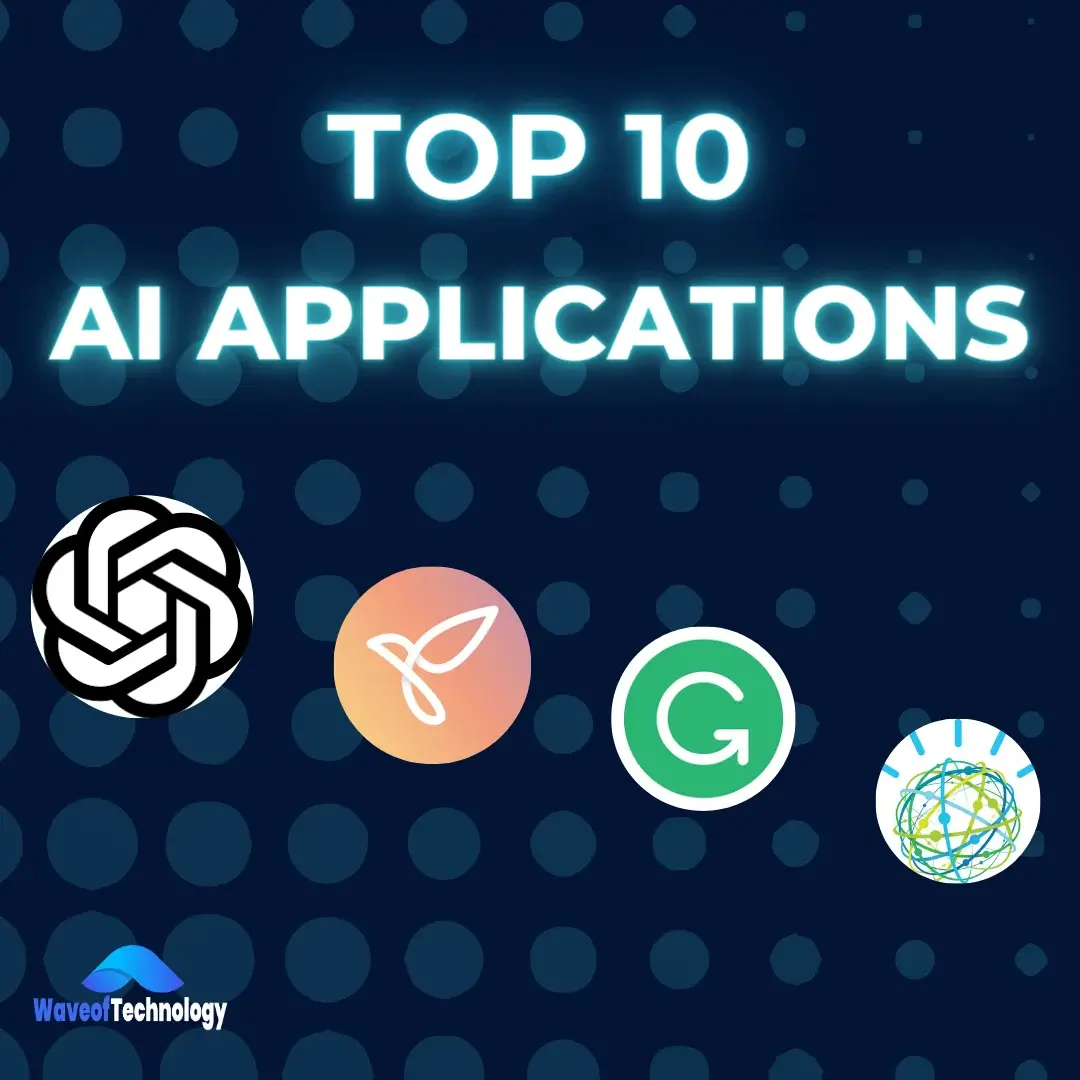In recent years, Computer Vision AI has emerged as a transformative force across various sectors, from healthcare to manufacturing. Companies harnessing this technology are not only enhancing operational efficiency but also redefining how we interact with the digital world. Here, we explore some of the most influential companies leading the charge in Computer Vision AI.****Intel: Pioneering Edge Computing SolutionsIntel has positioned itself as a leader in the Computer Vision AI space by integrating advanced hardware and software solutions. Their technology enables systems to process vast amounts of visual data collected from cameras and videos, allowing businesses to monitor operations and make informed decisions.
- Applications: Intel’s solutions are utilized in diverse fields, including retail, where they help optimize inventory management, and healthcare, where they assist in analyzing medical images to detect critical conditions.
- Innovation: The company emphasizes the importance of edge computing, which allows data to be processed closer to the source, reducing latency and improving response times. This capability is crucial for real-time applications like surveillance and autonomous vehicles.
IBM
Bridging the Gap with Cloud-Based SolutionsIBM is another heavyweight in the Computer Vision AI arena, offering robust cloud-based services that empower organizations to develop and deploy vision applications without the need for extensive resources.
- Services: IBM provides pre-trained models and APIs that simplify the integration of Computer Vision into existing systems. This approach allows companies to leverage AI capabilities without investing heavily in infrastructure.
- Impact: Their solutions are particularly valuable for industries that generate large amounts of visual data, such as transportation and manufacturing. By automating the analysis of visual inputs, IBM helps businesses enhance productivity and reduce errors.
Revolutionizing Visual RecognitionGoogle has made significant strides in Computer Vision AI, particularly with its TensorFlow framework, which is widely used for building machine learning models.
- Technological Advancements: Google’s advancements in deep learning have led to breakthroughs in image recognition, enabling applications such as facial recognition and object detection. These technologies are integrated into various Google services, enhancing user experiences across platforms.
- Real-World Applications: Google’s AI capabilities are utilized in numerous sectors, including security, where they help identify potential threats in real time, and in retail, where they improve customer engagement through personalized experiences.
Microsoft
Empowering Developers with AI ToolsMicrosoft is committed to making Computer Vision accessible to developers through its Azure AI platform, which offers a suite of tools for building intelligent applications.
- User-Friendly Solutions: Microsoft’s Computer Vision API allows developers to easily incorporate image analysis features into their applications, facilitating tasks such as image tagging and content moderation.
- Industry Applications: From automating quality control in manufacturing to enhancing accessibility for visually impaired users, Microsoft’s solutions are making a significant impact across various industries.
The Future of Computer Vision AI
The future of Computer Vision AI looks promising, with continuous advancements in technology driving its adoption. As these companies innovate and expand their offerings, we can expect to see even more applications emerge, fundamentally changing how we interact with the world around us.In conclusion, the landscape of Computer Vision AI is vibrant and rapidly evolving, with major players like Intel, IBM, Google, and Microsoft leading the way. Their contributions are not only enhancing operational efficiencies but also paving the path for a future where machines can see, understand, and interact with the world just as humans do. As we embrace these technologies, the potential for innovation and improvement in various sectors is limitless.








